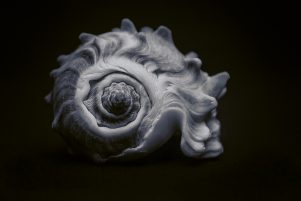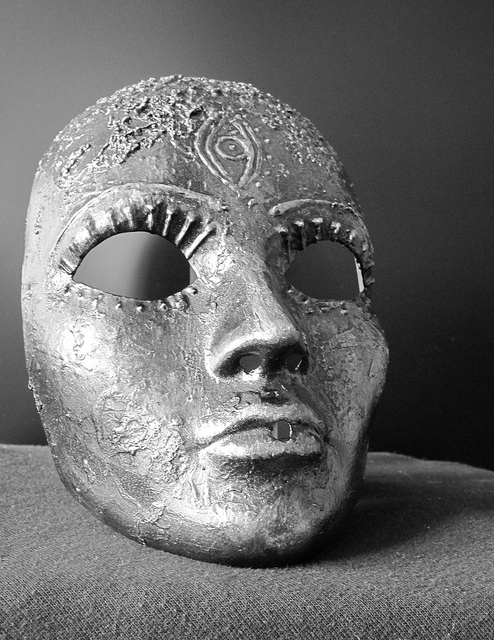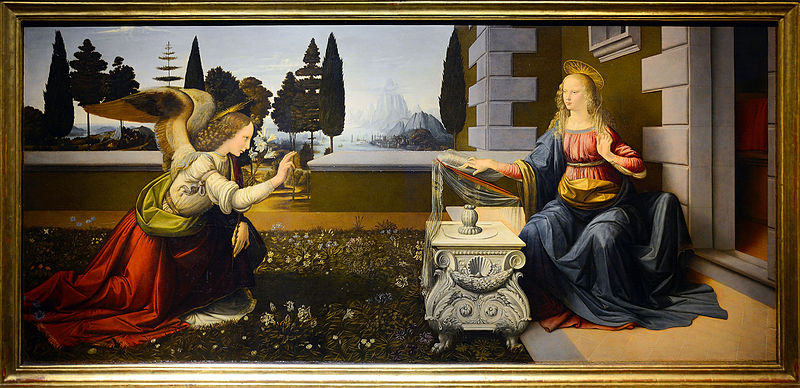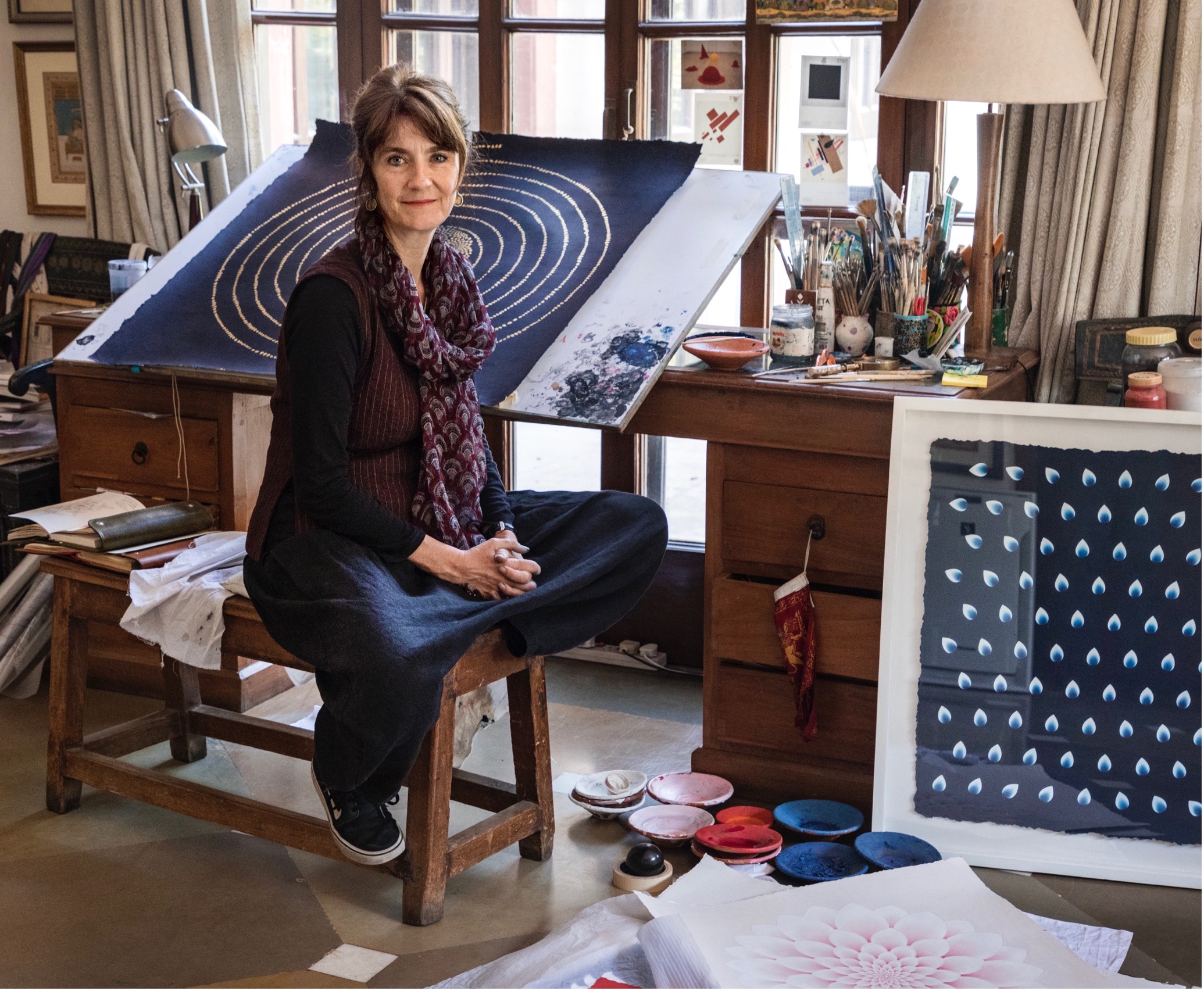Rethinking Contemporary Art in the Anthropocene – Planetary Aesthetics
Article By Siobhan Farrar
 ‘Anthropocene’ is the term given to our post-industrial epoch, whereby human activity has irrevocably altered the planet and its environment. The ascent of the anthropocene poses challenges across all areas of life, leading to species loss and looming existential crisis for humanity. For artists, being less tangibly involved in solutions compared to other sciences, it has arguably been difficult to confront the magnitude of our present times with clear insight and persuasion.
‘Anthropocene’ is the term given to our post-industrial epoch, whereby human activity has irrevocably altered the planet and its environment. The ascent of the anthropocene poses challenges across all areas of life, leading to species loss and looming existential crisis for humanity. For artists, being less tangibly involved in solutions compared to other sciences, it has arguably been difficult to confront the magnitude of our present times with clear insight and persuasion.
Art today is often critiqued or understood in terms of its ability to expound or counter various labels and classifications of human, psychological or material life – across function, use, form and value, reflecting a tendency towards materialism typical of our current times and of the anthropocene. Material knowledge of function, use and form is undoubtedly useful and important in the creation of works of art but this alone can also tend towards the narrow and linear, at worst permitting arbitrary divisions, prejudice and objectification. Certainly a sorry assessment that could be levied at the masses of visual art ‘produced’ in our own and historically recent times.
However we could say also say that art is to do with expressing a kind of transcendent way of ‘knowing’ that inspires and announces developments in thought and feeling before other methods have been able to grapple with the details. Johann Wolfgang von Goethe said that “Art is a mediator of the unspeakable” and in this sense has the potential to reveal new possibilities and to open up understanding that the methods of other disciplines are simply unable to do.
Academic and author Susan Ballard has explored an approach coined ‘Planetary Aesthetics’ which supposes that artists look differently at the relationships between all forms of life; thinking, feeling and creating artworks from a ‘planet-centred’ point of view and on a ‘planetary scale’ (Ballard, 2017). Along similar lines, Donna Haraway, a professor in the History of Consciousness and Feminist Studies, has highlighted ‘the fact that all earthlings are kin in the deepest sense’ (Haraway, cited in Ballard, 2017). Planetary aesthetics is based upon the idea of multi-species relationships and looking less dogmatically at human encounters with nature and the cosmos with a view to enabling the emergence of new aesthetic and cultural possibilities (Ballard, 2017). Ballard references American artist Diana Thater’s piece of work responding to a scientific study evidencing how dung beetles use the Milky Way for navigation and spatial orientation. Her artwork transcends the scientific data and invites the viewer to perceive and relate to the beetles’ lived experience and essence, as opposed to exploring its form, movement or habits alone.
The movement of the dung beetle explored by Thater perhaps distantly touches upon an ancient Egyptian understanding, where the scarab beetle symbolised human efforts to transform themselves into a state of harmony with the celestial heavens, symbolising the effort required to gain wisdom and live wisely. Whilst an interconnected understanding of humanity and nature has always existed in humanity’s spiritual and wisdom traditions, we need to continuously arrive at the same profound insights again and again, in order for the experience of the wisdom to remain alive. As opposed to being reduced to another label, description or classification to become encased within the tomb of a textbook.
Perhaps ‘planetary aesthetics’ can offer a fresh channel for art to express the profound experience of ‘unity’ that has always been a source for both social and aesthetic cohesion, helping to forge a future culture resolute in its connection with each other, the Earth, all her forms of life and beyond…
Image Credits: By Brandon Jaramillo | Unsplash | CC0
The entity posting this article assumes the responsibility that images used in this article have the requisite permissionsImage References
By Brandon Jaramillo | Unsplash | CC0
Permissions required for the publishing of this article have been obtained




What do you think?